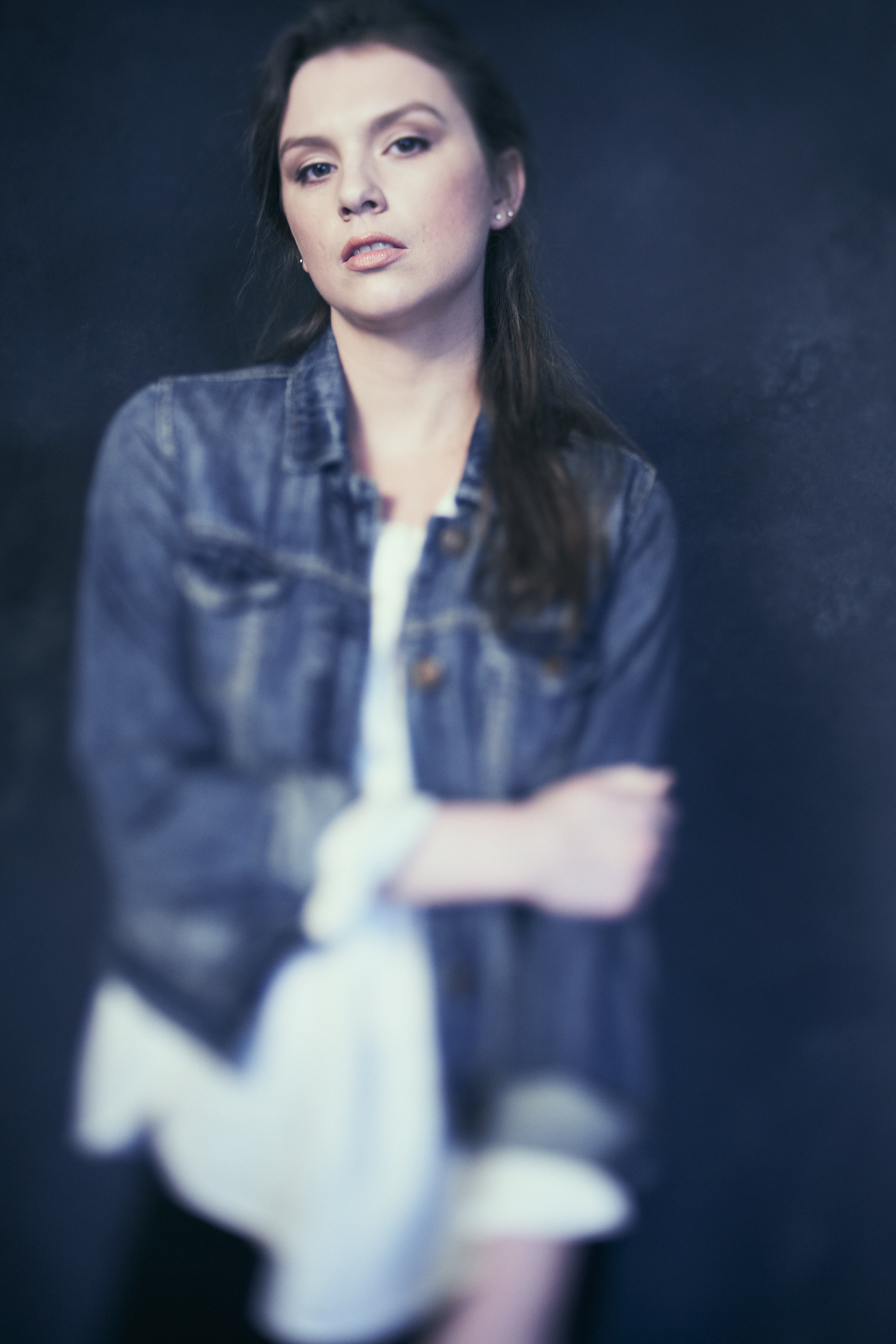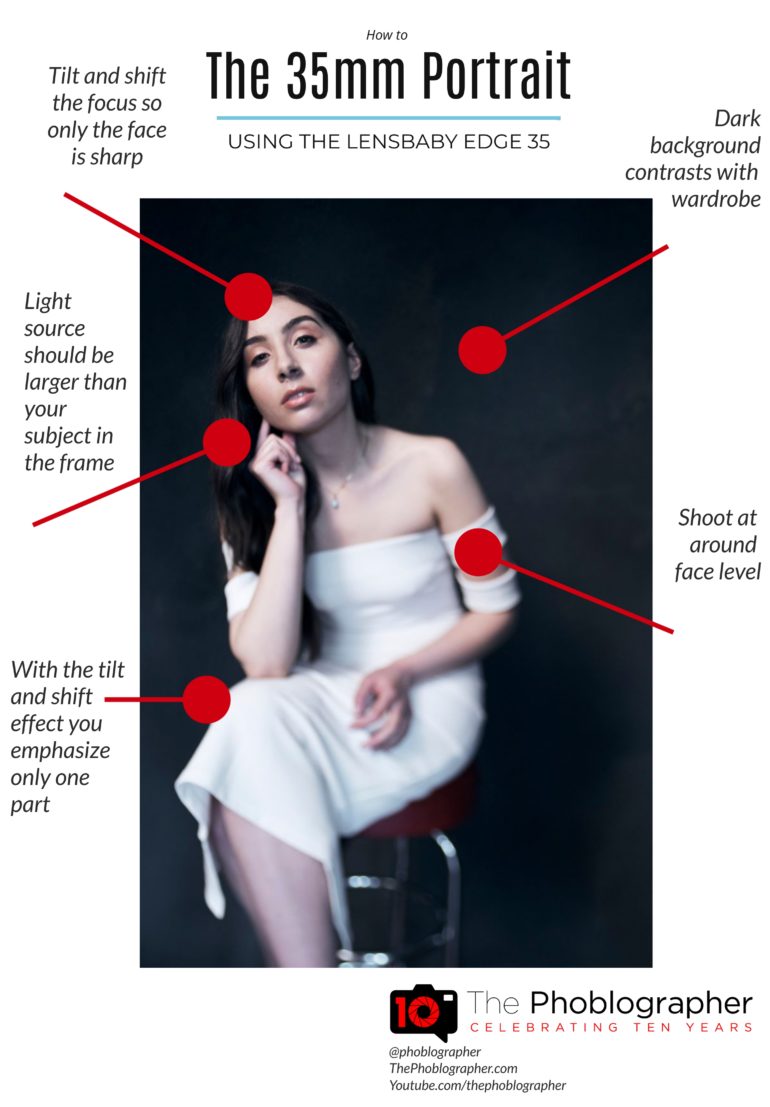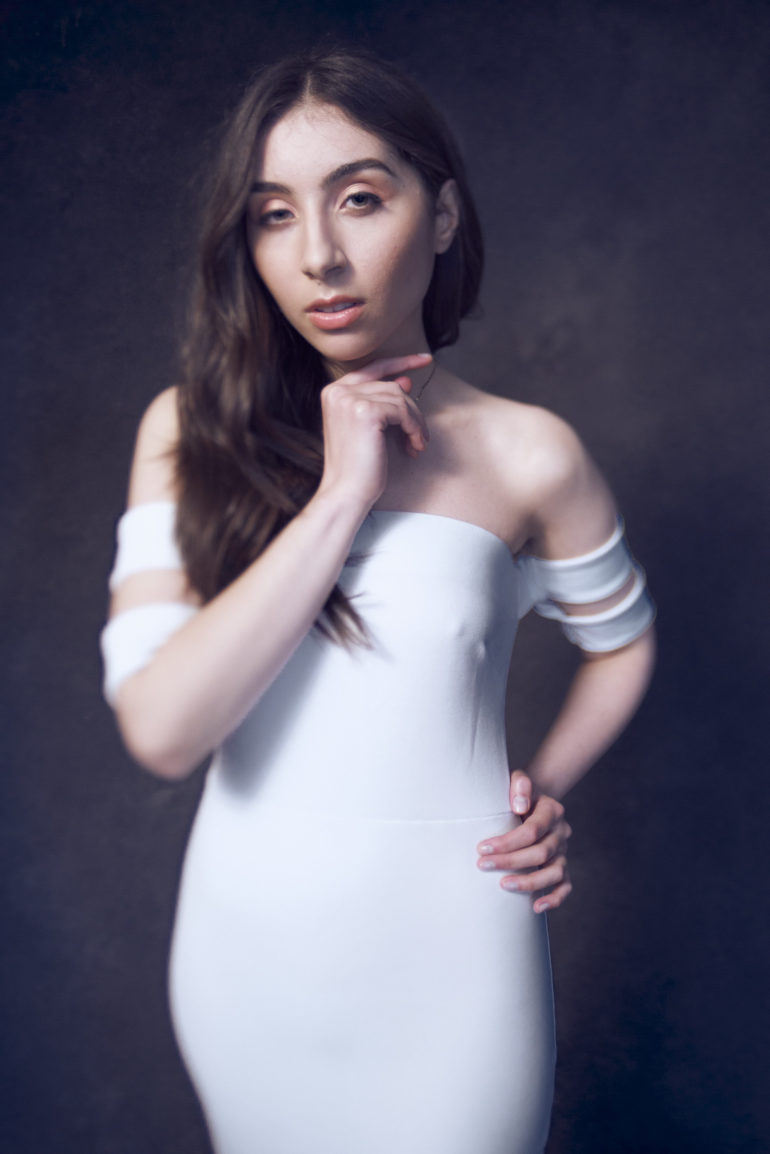If you’re a portrait photographer looking for something new, consider a Lensbaby Edge 35.
I often preach about how sterile every lens is on the market. But Lensbaby optics have a character that should be appreciated. Their standard lenses and their Omni kits are fun, but the most tantalizing product they have is their Edge optics. These are tougher to use as they integrate with the Composer Pro system, but if you slow down and have a patient model, you’ll have a lot of fun. More importantly, you’ll create an image that you wouldn’t get otherwise.
Full transparency before we go ahead: this isn’t a sponsored post. I was going through my archives and found this image to be cool. Earlier today, I wrote about how I think all image quality is too similar. But a Lensbaby and any other tilt-shift lens can alleviate that. There’s no point in doing this in PhotoShop. If you want everything in focus the way you’d generally get it, you can do that with a Lensbaby. But the secret weapon this has is the tilt-shift abilities. It can also be super sharp or very soft. There’s a lot of versatility. The only issue is that they’re admittedly more difficult to use, as you’re manually focusing and tilting. You have to have a patient model and ask them to hold poses for a while. It can be super challenging to get this done and so you should practice a lot before you work with models.
Of course, you need to combine this with other portrait techniques. My favorite process involves working with just three colors. In this case, there’s the background, her dress, and her skin tone. Those three colors stand out a lot from one another. Combine that with a pose, effective directional lighting, and the tilt-shift effect, and you get a solid image.
Then you need to consider all the tips for shooting 35mm portraits. For starters, this isn’t a lens for headshots, but it’s great for full body portraits and environmental portraits. With a 35mm lens, I wouldn’t shoot tighter than the whole torso and head. The quality of the lenses varies too, and it can determine a whole lot of the final image. The edges of these lenses tend to render more distortion. (Though arguably, that’s been flattened out in the past few years.) Keeping a distance from your subject will prevent any distortion from happening. And more specifically, we’re talking about a full-frame 35mm lens. On APS-C, you’ll have a bit more leeway because you’re framing your images in the center.
Again though, the main draw of using a Lensbaby Edge optic is the tilt-shift feature. There are other optics they offer with this too. Some are just regular lenses, and they’re all well built and made from metal, but they lack weather sealing. They’re all also manual focus, so you need to use focus peaking and focus magnification together. By far, Lensbaby lenses are for creatives who think about portraits and photos beforehand and then use the tools to bring them to life. It also really depends on what lens you’re using.
We reviewed the Lensbaby Edge 35 a while ago, so go check out that review. They’re also pretty affordable.
The Phoblographer’s Cheat sheets are powered by Visme.




